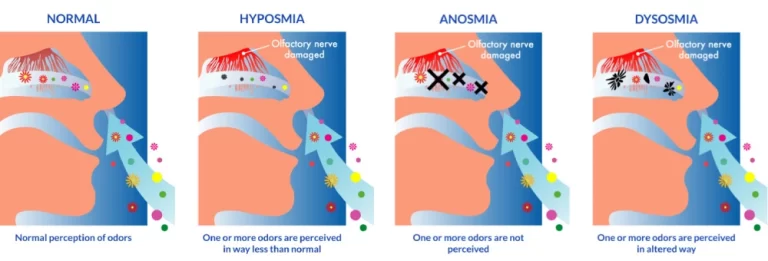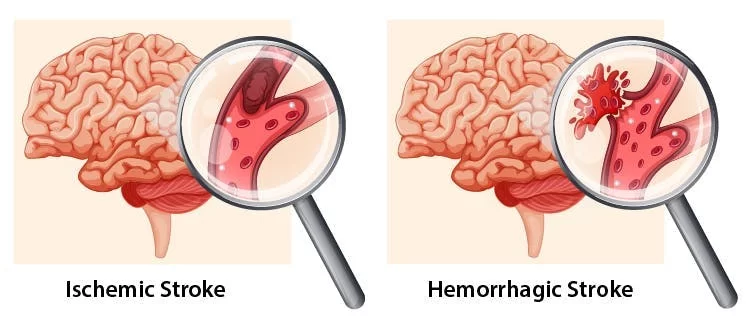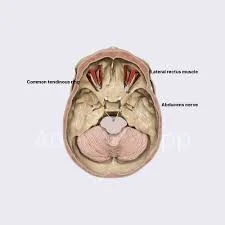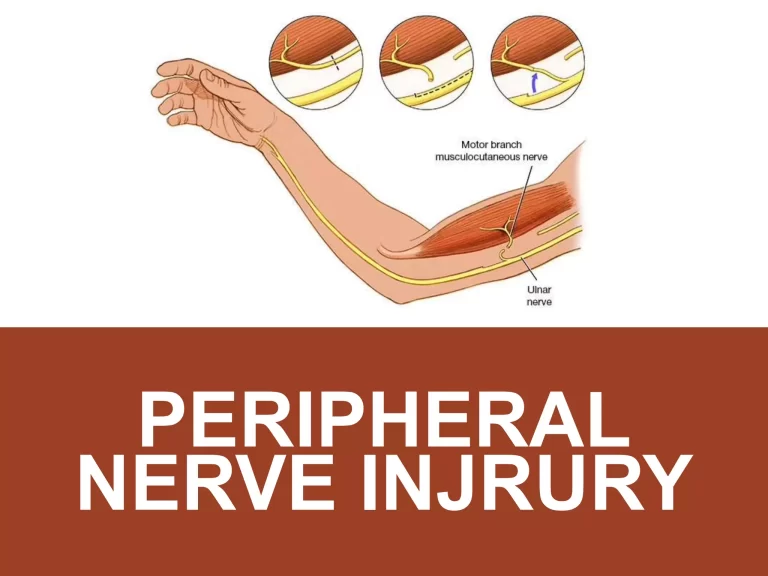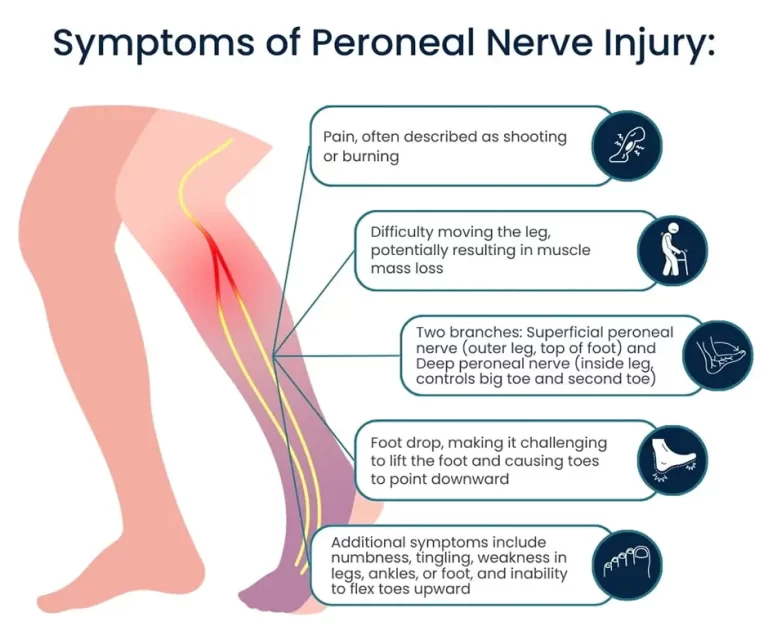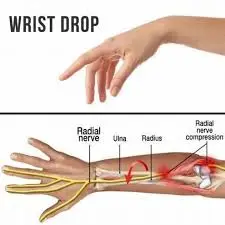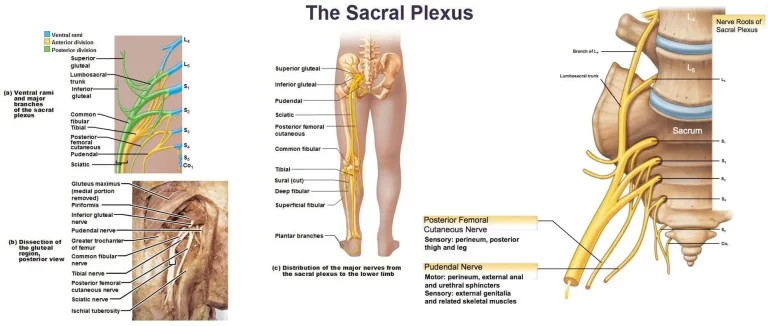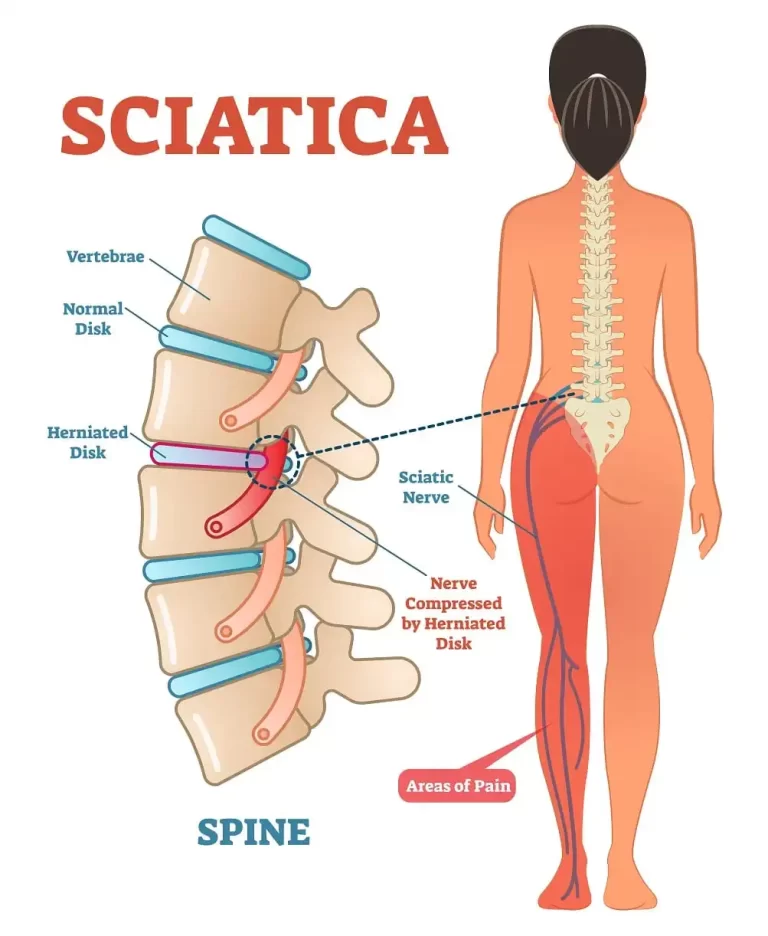Olfactory Nerve Disorders
Olfactory nerve disorders are conditions that affect the olfactory nerve, which is responsible for your sense of smell. A variety of problems about your sense of smell may arise from these disorders. The olfactory nerve (CN I) is the first cranial nerve in your body.. This nerve regulates your sense of smell and olfactory system. The…

